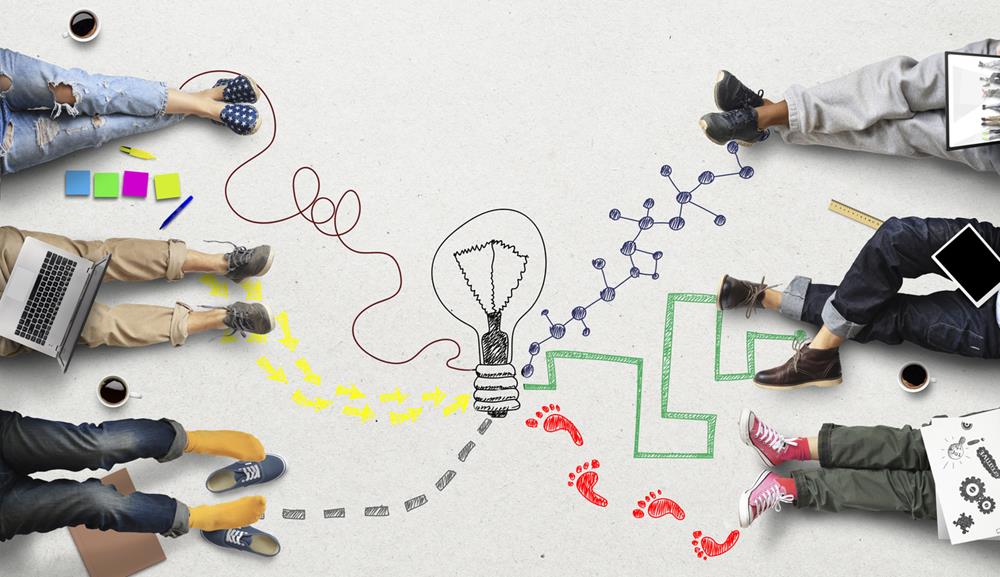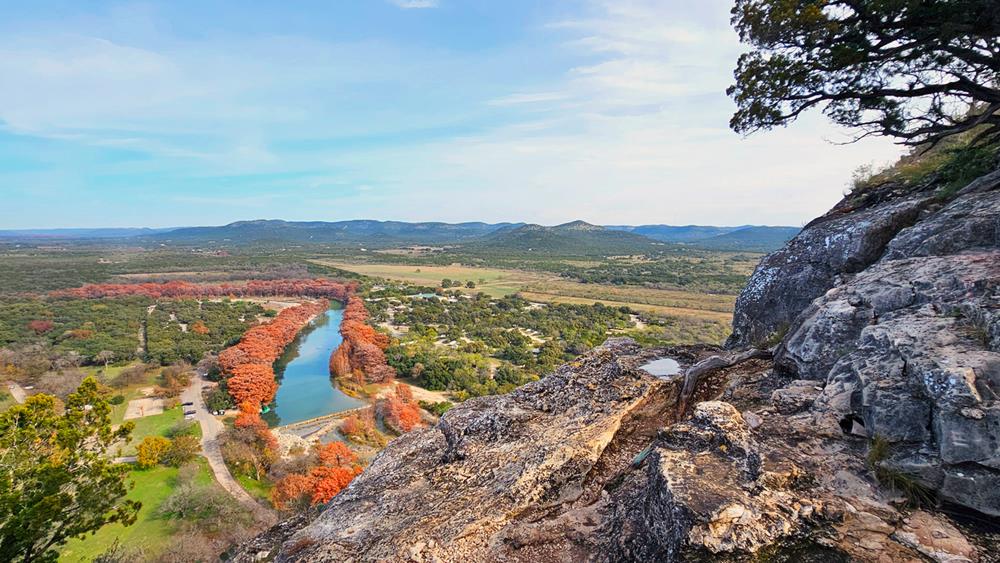How Texas Is Raising the Bar in Digital Creativity

Texas is advancing digital creativity on multiple fronts. You'll find teachers using AI as co-pilots to save time while personalizing instruction, and students exploring AI fundamentals in new courses. The state's digital preservation networks protect cultural heritage while public services modernize through the Texas by Texas (TxT) platform.
Strong privacy and intellectual property safeguards—including the biometric law, election deepfake restrictions, and a new statewide AI governance act—help protect creative professionals. Discover how these innovations are reshaping Texas's digital landscape.
Collaborative Digital Libraries: Preserving Texas Heritage in the Digital Age
Texas institutions are joining forces to safeguard the state's history through shared digital preservation initiatives. The Texas Digital Library (TDL) partnered with the UC San Diego Library on a plan for a nationally distributed preservation service for sensitive data—an early blueprint that has informed broader collaboration.
At the state archives, access keeps expanding. The Texas State Library and Archives Commission (TSLAC) maintains more than 200 million pages of archival documents, and its Texas Digital Archive surpassed 250 TB of data and 36 million digital objects by early 2025, including digitized Texas Supreme Court case files. These efforts show that storage alone isn't preservation; Texas pairs infrastructure with curation, metadata, and policy to keep records usable over time.
By sharing costs, expertise, and technical platforms across universities and agencies, Texas libraries are building a unified approach that preserves everything from government records to local genealogical treasures—while recognizing that sustainable preservation blends technical, organizational, and policy strategies. Recent releases of new finding aids and digital uploads underscore the momentum.
Digital Learning Innovation: Transforming Education Through Technology
In classrooms, educators are adopting AI-supported workflows that reduce routine prep and feedback time while keeping teacher judgment at the center. Houston ISD's high-school "Fundamentals of Artificial Intelligence" elective illustrates this shift—reaching about 3,700 students across 41 campuses as part of a broader push on AI literacy and responsible use.
Instructional models now span flipped, blended, and mastery-based approaches, with adaptive learning tools adjusting content to student performance. Districts are also publishing AI guidebooks to set norms for transparency and privacy, giving staff and families clear guardrails as generative tools enter daily learning.
Importantly, this innovation is framed by state guidance on internet safety and digital citizenship, with TEA resources and related code provisions supporting local policy. Together, these measures help schools balance experimentation with safeguards.
Bridging the Digital Divide: Statewide Literacy Initiatives
While innovation grows, many communities still need access and skills. Across South Texas, Methodist Healthcare Ministries has committed $21+ million over three years to advance digital equity, and programs like Pharr Connect deliver free bilingual digital-literacy classes with laptop distribution upon completion—bringing devices and training to households that need both.
Professional groups such as the Texas Digital Learning Association (TxDLA) expand capacity with certificates, webinars, and statewide conferences—practical upskilling that complements local initiatives. These efforts aim squarely at rural and underserved populations so technology benefits all Texans.
Schools, meanwhile, continue to adopt and update internet safety policies, aligning curricular practice with statewide expectations for safe, responsible tech use.
Government Digital Transformation: Modernizing Public Services
Texas is modernizing services through TxT (Texas by Texas)—a secure digital assistant that streamlines driver-license updates, vehicle registrations, reminders, and more via web and mobile apps. The state launched TxT under DIR and continues expanding capabilities so residents can complete tasks anytime, anywhere.
Security is a pillar of that modernization. Texas stands up Regional Security Operations Centers (RSOCs) with universities (Angelo State, UT Austin, UTRGV) to provide whole-of-state cyber support to local governments, ISDs, and agencies—24/7 monitoring, incident response, and workforce development. The state is also establishing a Texas Cyber Command to further coordinate defenses.
This federated approach empowers agencies to innovate while collaborating on shared goals like authentication, accessibility, and threat intelligence—so digital services remain secure, inclusive, and resilient.
Empowering Creative Professionals: Intellectual Property in the Digital Era
Texas's long-standing biometric privacy law (CUBI) requires consent for commercial capture of face, voice, and other biometric identifiers—enforced by the Attorney General and recently spotlighted by a landmark settlement. The state also criminalizes certain election deepfakes (SB 751), reflecting targeted protections for the information ecosystem.
Looking ahead, the Texas Responsible Artificial Intelligence Governance Act (TRAIGA) takes effect January 1, 2026. It centralizes enforcement with the Attorney General, adds AI disclosure and prohibited-use rules, and establishes tiered civil penalties (e.g., $10k–$12k for curable violations; $80k–$200k for non-curable; plus daily penalties for continuing violations). For creative professionals navigating AI, these measures set clearer lines around attribution, manipulation, and misuse.
Together with sector-specific guidance and contracts, these protections support a healthier market for creators' likeness, voice, and works in the digital era.
Conclusion
You're witnessing Texas elevate digital creativity across preservation, education, access, public services, and creator protection. By bridging divides, investing in secure, citizen-centric platforms, and codifying responsible AI practices, the Lone Star State isn't just participating in the digital shift—it's shaping it.



